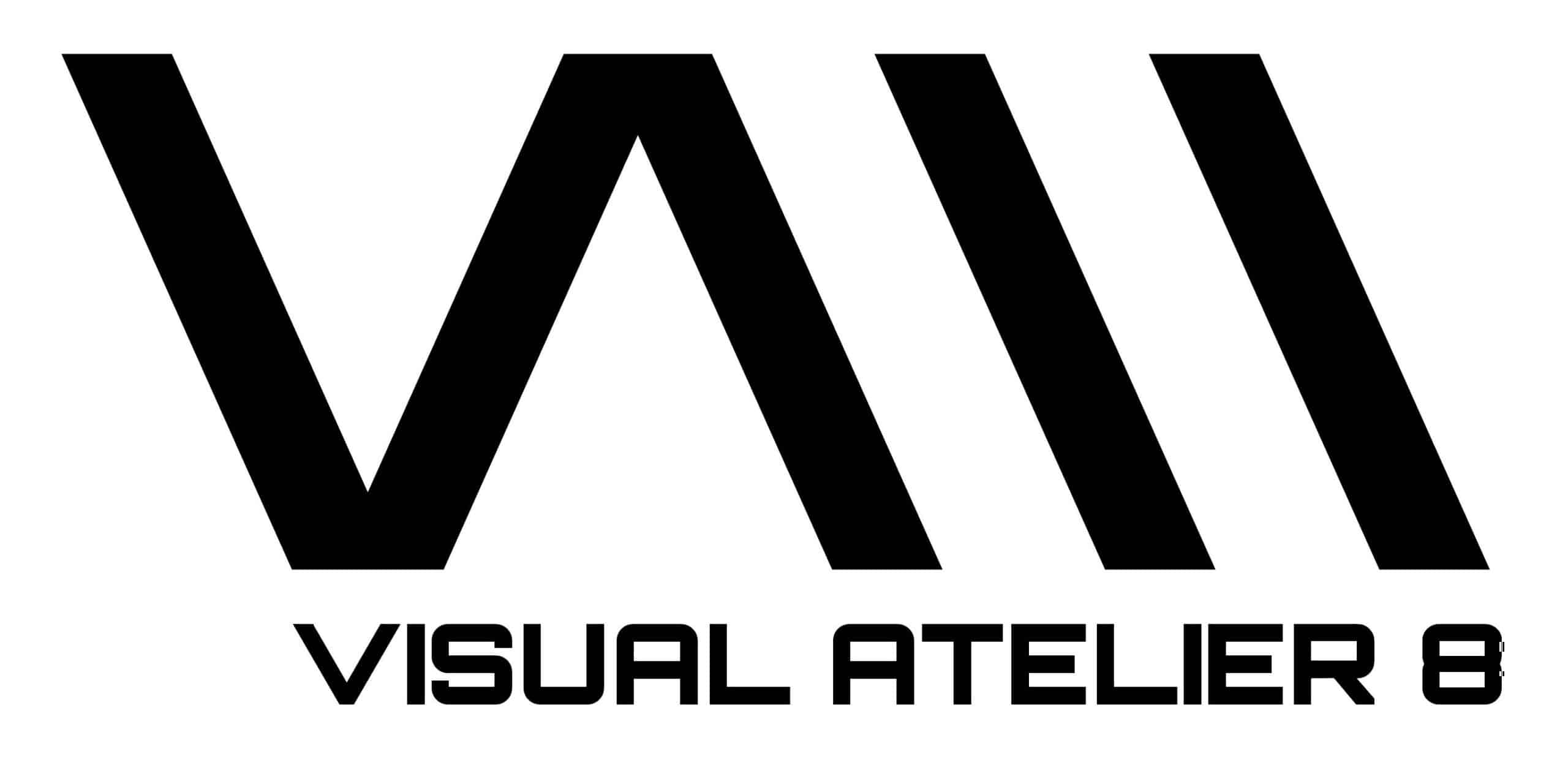
Tzu-Ying (Naomi) Chan is a Taiwanese native, currently immersed in New York City’s vibrant art scene. Her professional journey encompasses various roles, including curator, artist, writer, and art teacher. Holding an MA in Curatorial Practice from the School of Visual Arts and a BA in Plastic Art from Da-Yeh University, her creative endeavors are enriched by a multidisciplinary approach, enabling her to interact with the art realm from diverse perspectives.
How does transitioning from artist to curator enhance professional skills and deepen artistic engagement?
Transitioning from an artist primarily focused on introspective self-exploration to a curator engaging extensively with collaborators marks a significant shift in roles and a notable enhancement in professional conduct. In my role as a curator, I am required to undertake continuous, in-depth research and maintain close collaborations with exhibition venues. This entails meticulously planning the visitor’s journey through the exhibition and carefully considering the overall spatial arrangement, ensuring that each artwork communicates effectively within its context.
The move from artist to curator has transformed my creative process from an inward-focused endeavor to one that embraces extensive external communication and collaboration. This role extends beyond merely showcasing professional skills; it has evolved into a rich social activity. By shifting my focus from personal artistic pursuits to engaging with a broader community, I have enriched not only my career but also deepened my understanding and expression of art. This evolution has broadened my approach to art, allowing me to navigate the realms of creation and facilitation with a more comprehensive and inclusive perspective, enhancing both my personal development and my professional contributions to the art world.

What Is the role of a curator in bridging artworks, audiences, and cultures?
One of the most common questions asked of curators is, “What do you think the role of a curator is?” After years of practice and reflection, I have come to deeply understand that a curator is not only a bridge between artworks and audiences but also a crucial intermediary connecting artists, the public, and diverse cultures and ideas.
The work of a curator is complex and multifaceted, involving everything from the selection of artworks and exhibition design to the planning of educational activities. Curators must possess profound communication skills and innovative thinking to facilitate the exchange and understanding of different perspectives, thus advancing the social functions of art. At the same time, the themes curated also reflect the curator’s contemplations and questions about contemporary society, making the curator an observer within society through exhibitions that offer new perspectives and emphasize the relevance of our world.


How does being both a curator and an artist enhance your approach to creating and exhibiting art?
As an artist, I am drawn to exploring the relationships between people and experimenting with a variety of media including metalworking, woodworking, painting, sculpture, and ceramics. My varied professional path has come together to emphasize a modern issue that aligns closely with my goals. This theme is deeply integrated into my work as both an artist and a curator, mirroring my reflections on how humans relate to the natural world and the connections between different nations and cultures.
Every time I have a studio visit opportunity, I feel a special resonance. This resonance stems not only from an understanding of art forms and techniques but also reaches into the spirit and emotions of creation. In conversations with artists, their stories enrich my artistic language. Each artist’s choice of materials, dedication to the creative process, and passion for art bring me new insights. This has taught me how to capture the essence of artworks and incorporate these experiences into my own creative and curatorial work.
In my curatorial career, my goal extends beyond merely displaying artworks; I strive to create spaces where audiences can truly feel the emotions and stories behind each piece. I aim to be an interpreter who delves deep into the inner world of artists, transforming each exhibition into a profound dialogue of emotions and thoughts.


Could you share specific instances where your artistic background has directly influenced your approach to a curatorial project?
One vivid example is the exhibition “They Kept Showing Up, for Days,” where my artistic sensibilities directly influenced the curation. This exhibition was more than a mere collection of artworks; it was a meticulously crafted narrative dialogue among color, tone, and thematic elements, designed to deeply engage the viewers. My friends and colleagues noticed the dynamic comfort and coherence of the exhibition.
They praised my use of an artistic eye throughout the curation process, saying, “Naomi, you have an artistic eye! It’s such a unique and great combination. Using your artistic mindset to curate an exhibition.” This recognition reinforces my conviction that curating transcends simple selection and arrangement; it is an art form that demands a profound understanding of the artworks, meticulous attention to detail, and a visionary approach to uncover and illuminate the underlying dialogues between the pieces.

How have your research and writing skills contributed to transforming your approach to art curation and expanding your professional opportunities?
The advanced research and writing skills I developed have been instrumental in refining my approach to curation and expanding my professional opportunities. These skills have enabled me to craft compelling exhibition proposals, write insightful reviews, and serve as a juror for regional and international open calls. As an NYC Regional Writing Juror, I had the privilege of assessing the work of New York City’s most talented and creative teenagers, gaining insights into the fresh voices shaping the future of art.
Similarly, my role as a juror for apexart’s International Open Calls allowed me to support artists and curators in bringing their innovative visions to life, highlighting the significant impact of curatorial practice in contemporary art discourse. These experiences have broadened my professional reach and deepened my commitment to fostering artistic expression and innovation.

How do multidisciplinary art professions intertwine to enhance your overall artistic development?
These roles share similarities as well as differences, but a common thread is maintaining a curious and open mind, being open to continuous learning and adaptation, and embracing the changes that come even in moments of comfort.
Each role provides distinctive insights into the art world, benefiting from a diversity of perspectives. Through a multifaceted art career, I’ve expanded my network and discovered opportunities to apply my skills in innovative and unexpected ways. I leverage the critical eye of a curator to select and present art, employ the communicative skills of a teacher to articulate my artistic vision, and utilize the analytical depth of a writer to explore the underlying concepts of my work and others. Defining clear goals for each role and understanding their interconnections is crucial; for example, teaching enhances my critical thinking, which in turn bolsters my writing, all contributing to richer, more informed curatorial projects.
Ultimately, the synergy among these roles not only deepens my personal artistic engagement but also broadens my professional capabilities, allowing for a more holistic approach to both creating and sharing art. This interconnectedness enriches my career trajectory, providing a continuously refreshing perspective that drives innovation and artistic fulfillment.

Can you discuss any upcoming projects you are currently working on?
I’m currently preparing to curate an impactful performance project in collaboration with performance artist Hsiao-Chu (Julia) Hsia, scheduled for June at Queens College in Queens, USA. This project delves into anti-war themes and champions peace. It poignantly reflects on conflicts such as the war between Ukraine and Russia, highlighting the often overlooked suffering of vulnerable groups—infants, children, women, and the defenseless—who inadvertently become the “third group” caught in the crossfire.
Curating this project is a profound honor, as it not only addresses pressing global tensions but also stimulates dialogue and fosters a deeper understanding of the devastating impacts of war on the most vulnerable populations. This performance aims to engage the community and encourage a broader audience to recognize and act on these urgent humanitarian issues.

Tzu-Ying (Naomi) website: https://tzuyingchan.com

